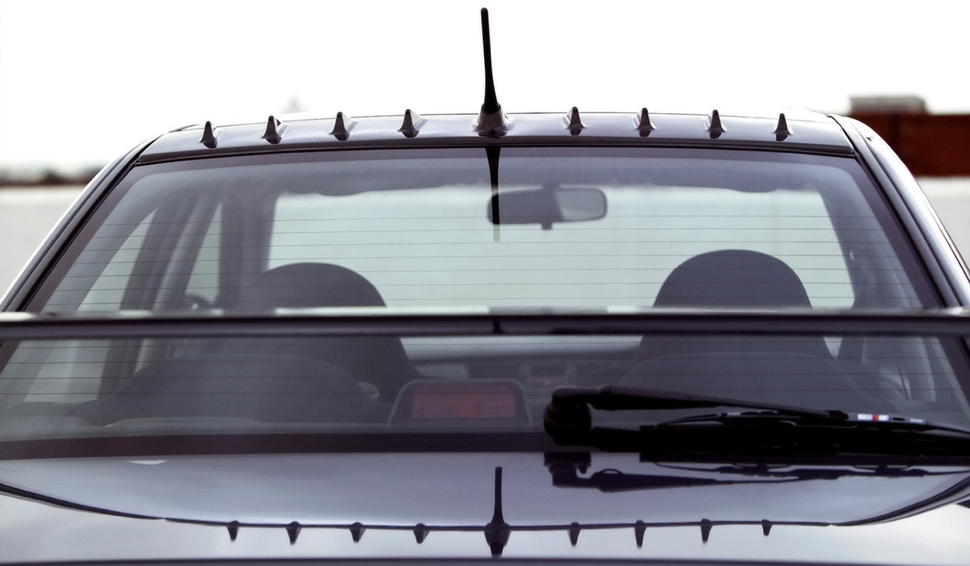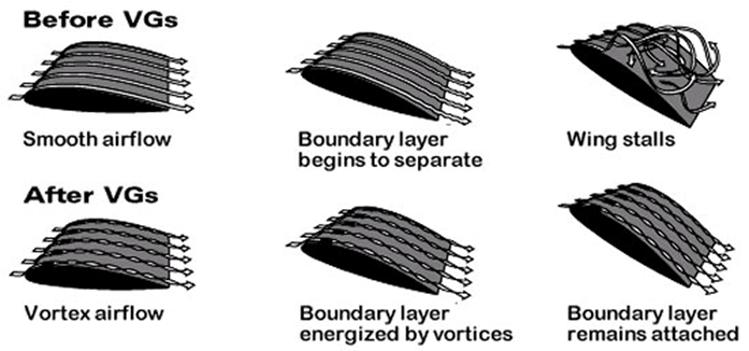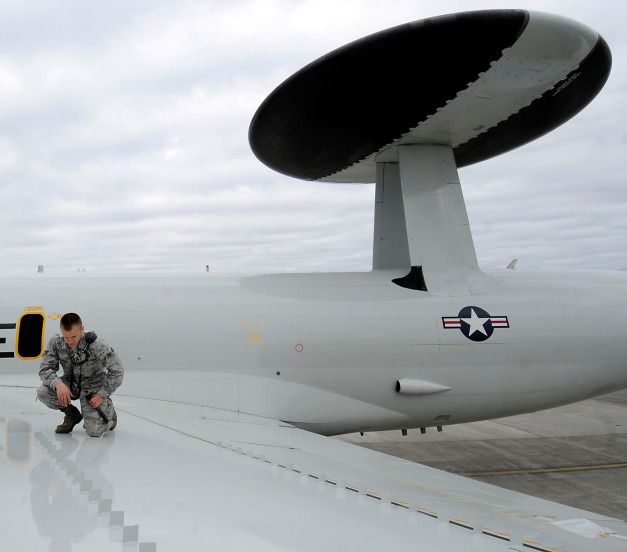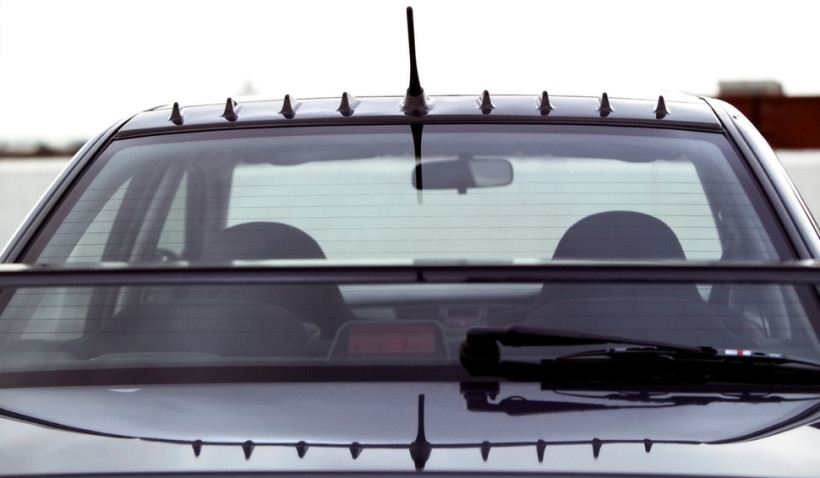
If you’ve heard terms like “turbulent” and “laminar”, then you’ve probably intuitively guessed that it’s more ideal to have laminar flow for streamline objects like, say, a super sweet Mitsubishi EVO. Laminar flow is less chaotic and more predictable than turbulent and thus has less overall drag on the object and less uncertainty in the flow. So my question is: Why on Earth would anyone want to purposely trip laminar flow into turbulent?
Drag and Flow Separation
For streamlined bodies the trend is typically that overall drag increases when the boundary layer becomes turbulent because most of the drag is due to the shear force which is greater for turbulent flow. However for relatively blunt objects like a sphere or wing on a plane, the overall drag decreases when the boundary layer becomes turbulent because turbulent flow allows the boundary layer to follow the surface closer which decreases the overall wake region. The larger the wake region, the more you see chaotic flow separation and adverse pressure gradients that can be catastrophic on aircraft because the flow separation can cause them to stall. The result of this turbulent flow on a blunt object is a thinner wake region and smaller pressure drag for turbulent boundary layer flow. The same idea applies to why a golf ball has dimples instead of being smooth. The boundary layer of a golf ball becomes turbulent much sooner and the wake region behind the sphere become smaller compared to if the flow was laminar. The result is a considerable drop in pressure drag and a slight increase in overall friction drag. A worthy trade off.

Vortex Generators
Vortex generators can be found on the wings of aircraft and even on some high performance cars. With vortex generators there is an exchange between high energy momentum and lower energy momentum by tripping laminar flow into turbulent which allows the boundary layer to remain attached over a greater length of the wing chord or car profile which results in a thinner wake region and smaller adverse pressure gradient on the rear of the object which lowers the pressure drag. This allows for many benefits like lowering the stall speed, improving stability and control during maneuvering, and decreasing the turning radius.


